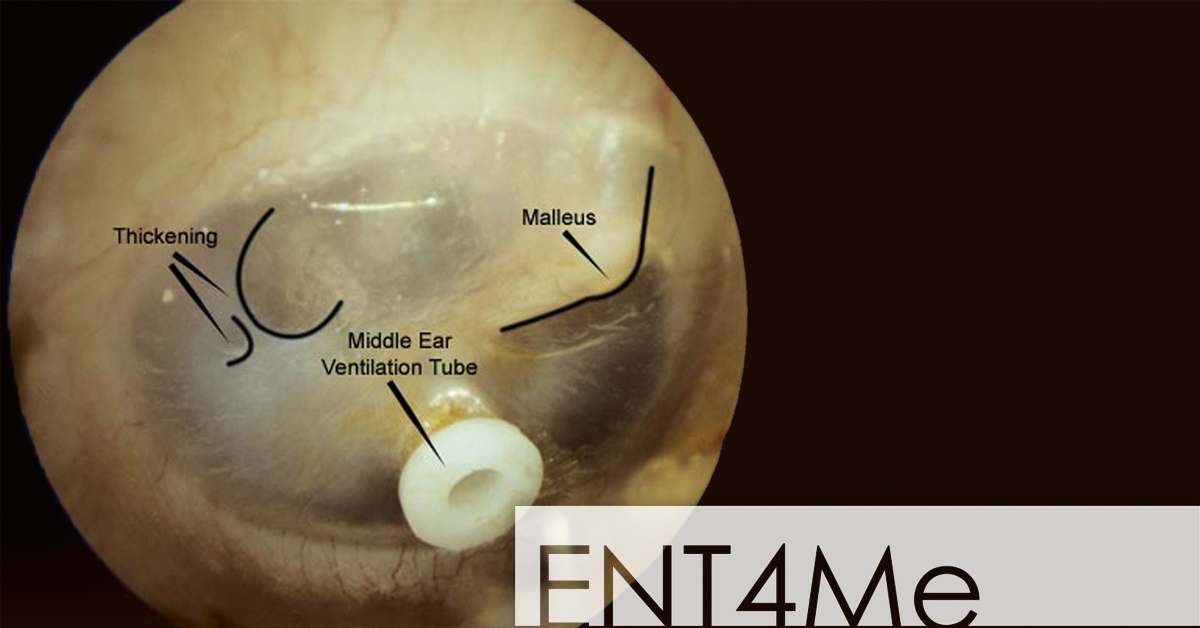
:max_bytes(150000):strip_icc()/what-causes-a-retracted-ear-drum-1191976-5c04ac1e46e0fb0001dd5eba.png)
As fluid from the inner and middle ear stop draining naturally, pressure builds against the eardrum.
:max_bytes(150000):strip_icc()/ear-drainage-causes-and-treatment-1191911-FINAL-1143cc507a9447488fa59d84d933d736.png)
Pain can come from swelling in the tissues in and around the ear, as well as from the buildup of pressure on the eardrum. Other factors, such as bottle-feeding of infants rather than breastfeeding, can also increase the chances of an ear infection.Įar pain is one of the first signs you may have an infection in your ear. Added to this, the eustachian tubes are oriented more horizontally in an infant's head, rather than angling downward as they do later in life. The small tubes, and the relatively large size of the adenoids in a child's head, mean the ears are not always able to drain well.

In children, it is these eustachian tubes that are also the main source of ear infections. Your adenoids can become swollen when your body is trying to fight off an infection, which is another reason ear infections often occur in conjunction with other forms of illness. It is also possible that the adenoids, small regions of tissue in the back of the nose related to your body's immune system, can swell and block the eustachian tubes. When these tubes become blocked or obstructed, fluid can build up inside the ear, increasing the chances of infection.īlockages of the eustachian tubes can occur because of swelling in the sinuses from sinus infections or from seasonal allergies. Normally, these tubes drain fluid from the ear as well as regulate air pressure inside the ear. The eustachian tubes are small passages in the head that run from the middle ear to the back of the throat. Other causes of congestion, stuffiness, and swelling in the nasal passages, including smoking, can contribute to ear infections. Ear infections often occur after upper respiratory infections such as flu, a common cold, or even allergies. Like infections elsewhere in the body, ear infections are caused by the presence of bacteria or viruses inside the ear. In children, these infections can also be associated with a fever, fussiness, loss of appetite, and even loss of balance. In adults, ear infections are typically identified by ear pain, fluid draining from the ear, dizziness, and temporary loss of hearing. In other words, ear pain should not be ignored.Įar infections can arise for a variety of reasons and can manifest in many different ways. Ear infections can begin with something as innocuous as nasal congestion, but can be related to more severe conditions. For infants and young children, ear infections need to be treated and managed effectively, but they are often not a cause for serious concern.Įar infections in adults, especially infections that do not clear up quickly on their own or with conservative treatment, can be a signal of more severe health problems. Many parents know the unique challenge of trying to care for a young child when they have an ear infection.


 0 kommentar(er)
0 kommentar(er)
